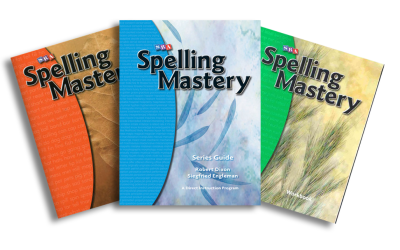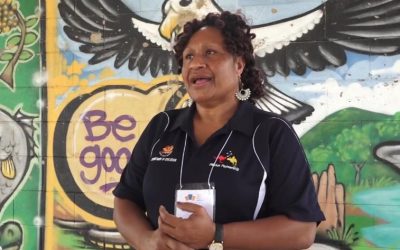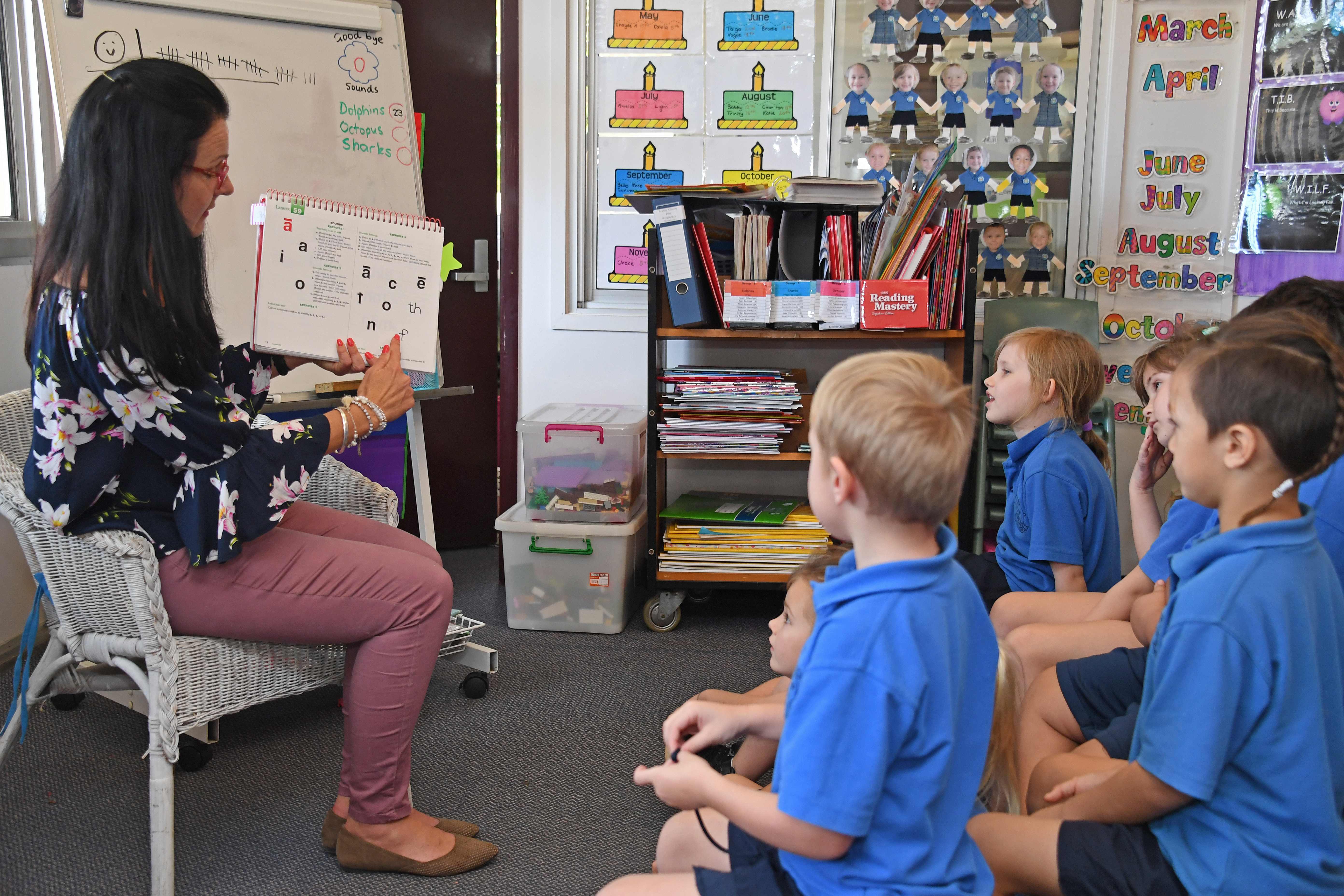Members of the Guugu Yimithirr community are revitalising their ancient language by making tutorial videos on YouTube.
The videos feature native speakers of Guugu Yimithirr, such as former schoolteachers Nanny Pearl Deemal, Cheryl Cannon and Dora Gibson.
There are three types of video tutorials: storytelling, situational or songs.
Storytelling features a speaker reading a children’s storybook translated into Guugu Yimithirr.
For example, Nanny Pearl reads the Karen Katz book Where is Baby’s Belly Button? and translates into Guugu Yimithirr as she tells the story.
The book is a great way to learn vocabulary for body parts and prepositions, asking questions such as ‘Where are baby’s eyes?’ with the answer ‘Under her hat’, or ‘Where is baby’s mouth?’ and ‘Behind the cup’.
The situational tutorials explore the language used in different types of situations, for example, in a house or certain type of landscape.
In Dora and Trevor Gibson’s situational tutorial, they teach viewers vocabulary and verbs used for hunting and other traditional practices such as weaving bags.
For example, Dora introduces the vocabulary for a spear and woomera, and then Trevor demonstrates how to use the words in a sentence, such as ‘I throw the spear’ or ‘I put woomera on the spear’.
The song tutorials feature Guugu Yimithirr songs with English language subtitles.
For example, students at Hope Vale’s Cape York Aboriginal Australian Academy sing the Gunbu Gundala (‘Washing hands’) song, which is an old hymn adapted into Guggu Yimithirr.
All of the Guugu Yimithirr language tutorials are available on Good to Great Schools Australia’s YouTube channel.
Want to get involved in the Guugu Yimithirr language tutorial project? Get in touch via info@goodtogreatschools.org.au.



